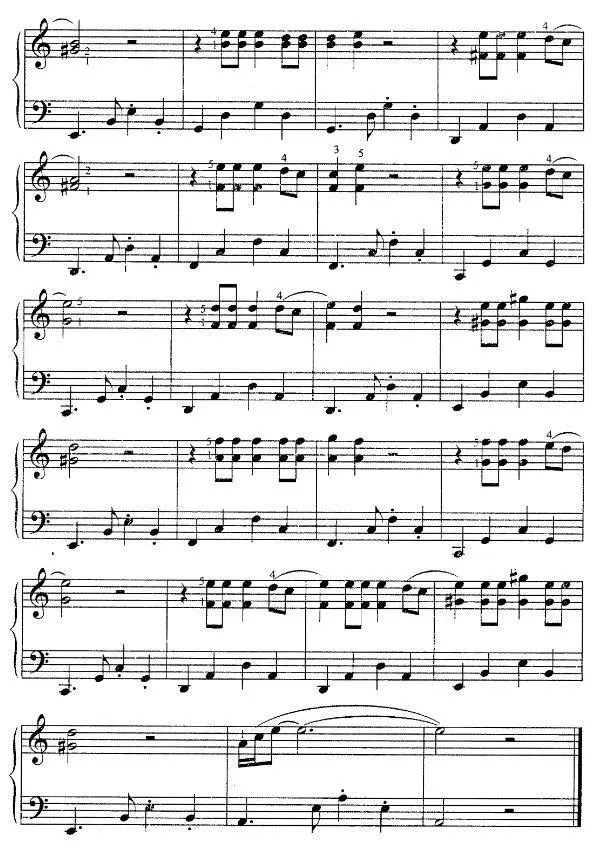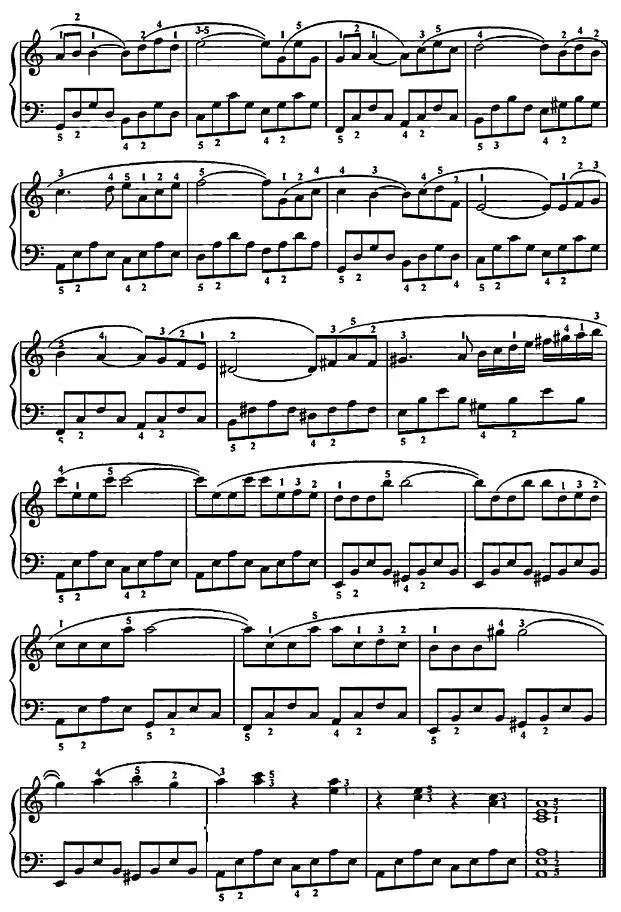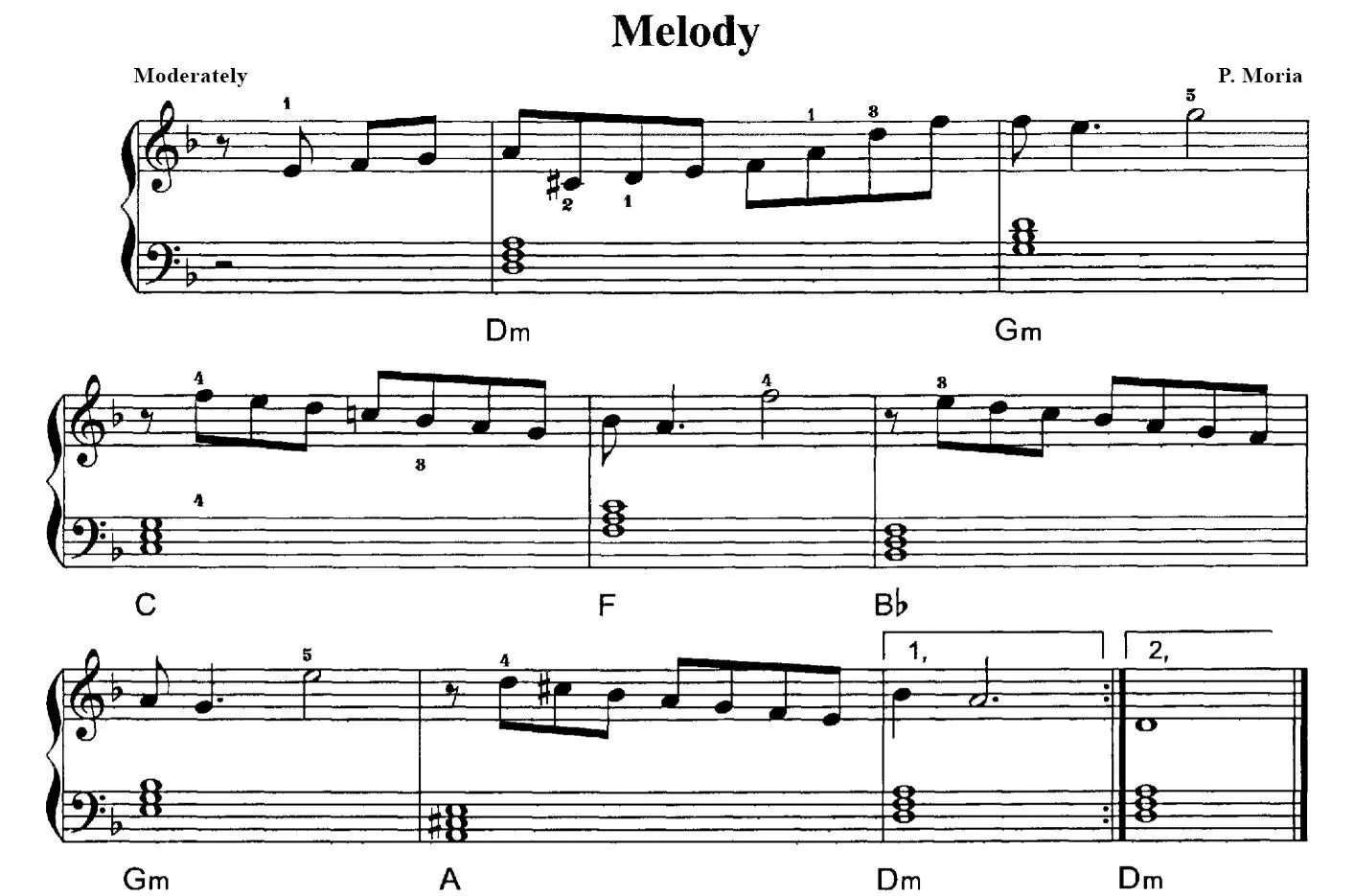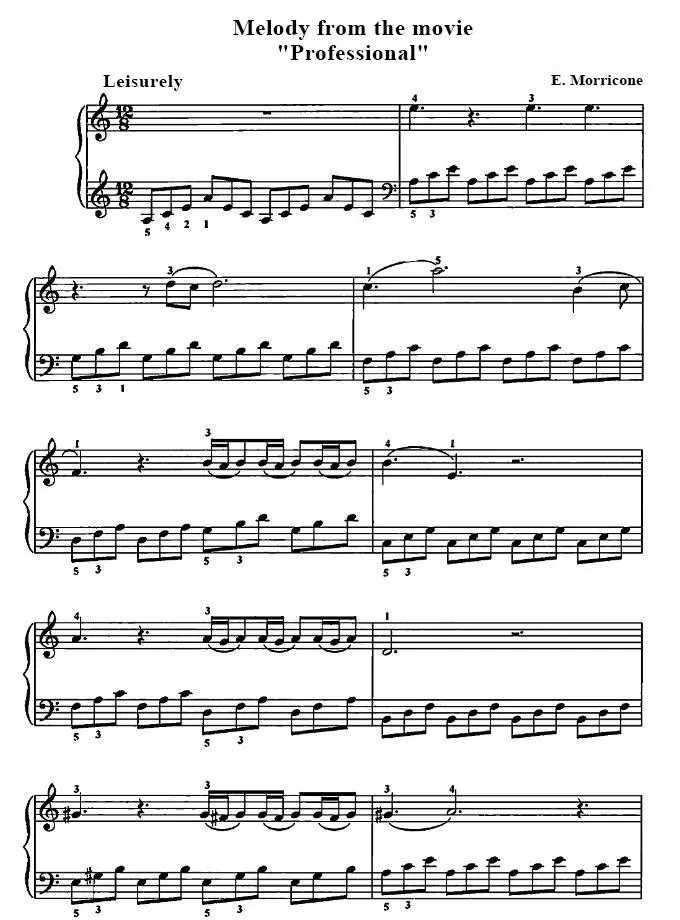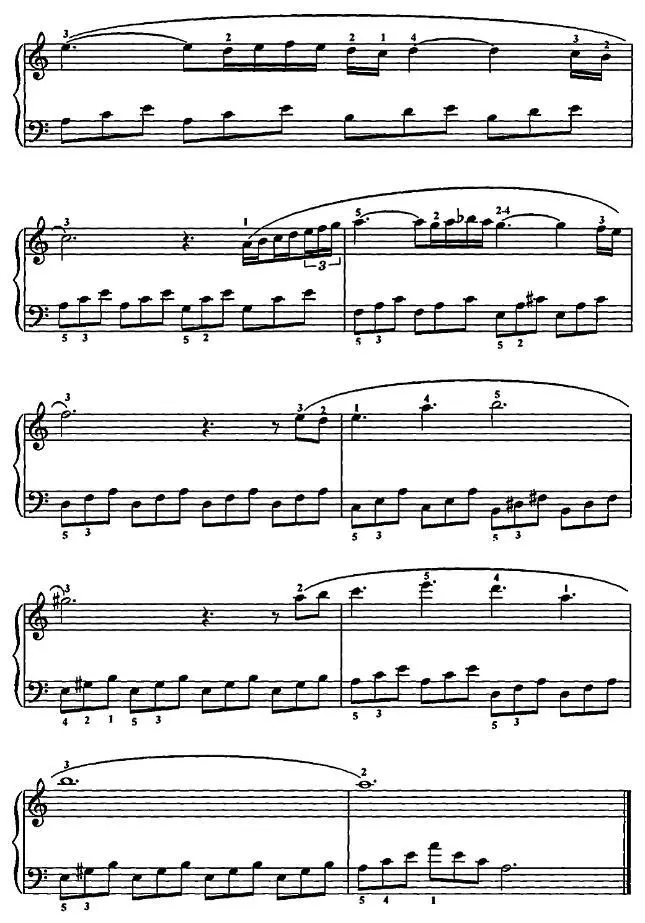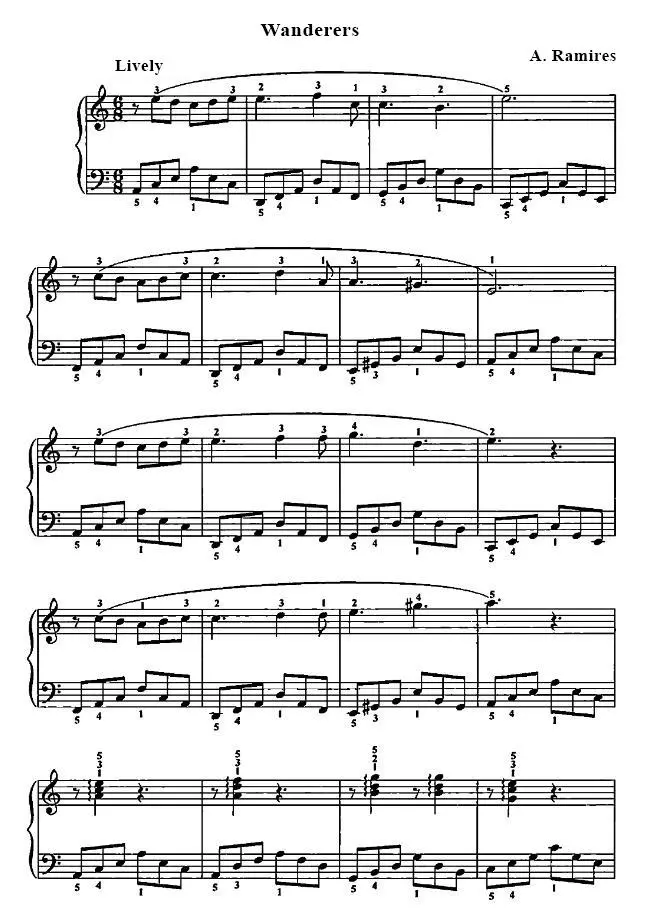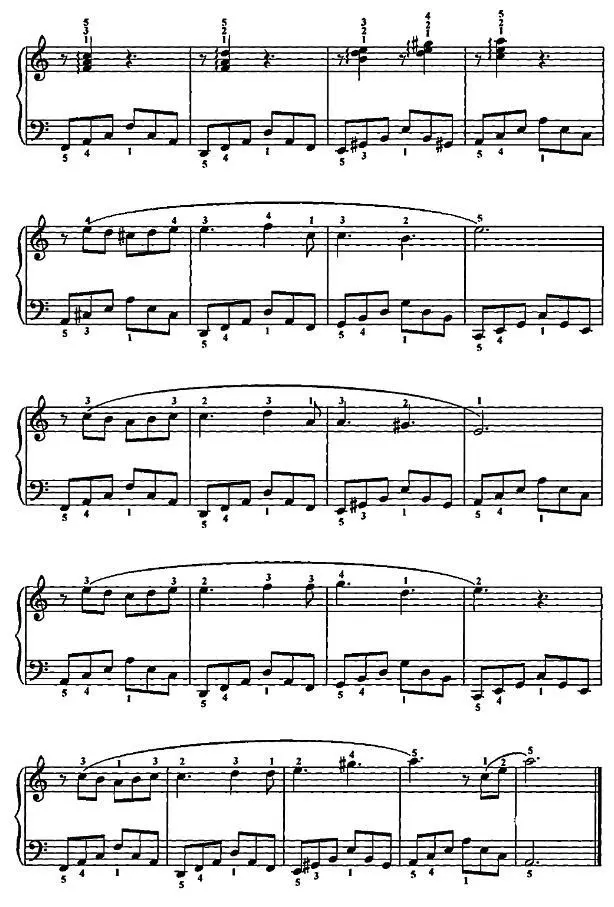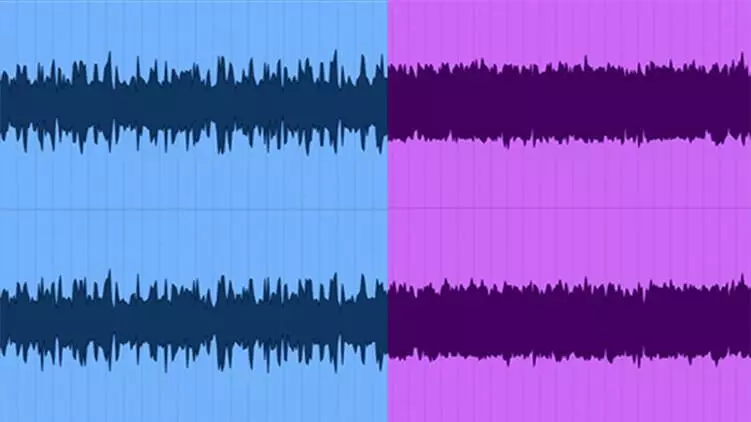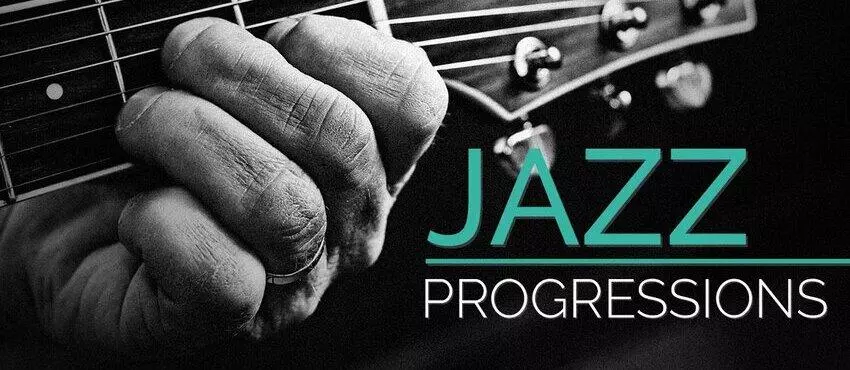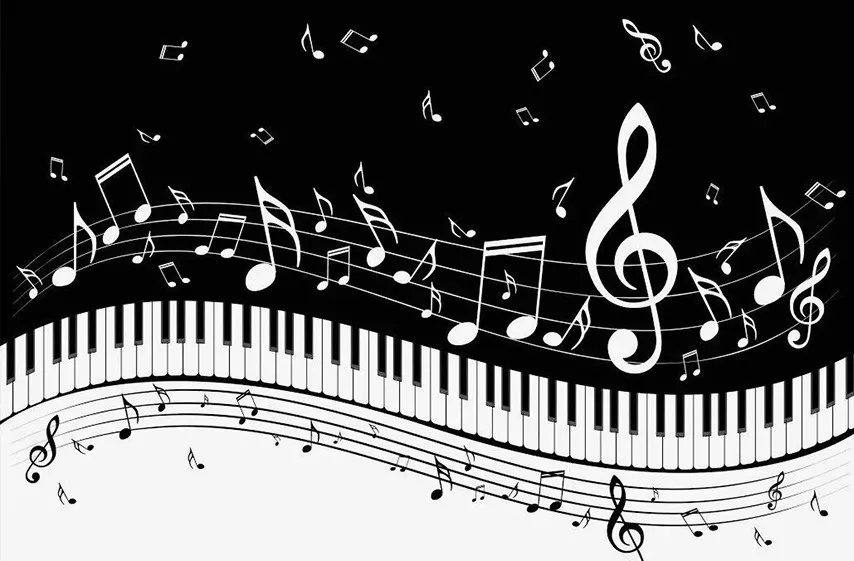All the minor scales

It so happened that the most heartbreaking compositions were written in minor keys. It is believed that the major mode sounds cheerful, and the minor mode sounds sad. In that case, have a handkerchief ready: this entire lesson will be dedicated to the “sad” minor modes. In it you will learn what these keys are, how they differ from major ones, and how to play minor scales.
By the nature of the music, I think you will unmistakably distinguish between a cheerful, energetic major and a gentle, often sad, plaintive, and sometimes tragic minor. Remember the music of Mendelssohn’s Wedding March and Chopin’s Funeral March, and the differences between major and minor will become more than obvious to you.
I hope you haven’t given up on scales? I will remind you of the importance of these seemingly boring activities. Imagine that you stop moving and putting stress on your body, what will be the result? The body will become flabby, weak, and sometimes fat :-). It’s the same with your fingers: if you don’t train them every day, they will become weak and clumsy, and will not be able to play the pieces you love so much. So far you have only played major scales.
Minor scales
I’ll say right away: minor scales are no less and no less important than major scales. It’s just that their name may seem unfair.
Minor scales, like major scales, consist of eight notes, with the first and last notes having the same name. However, the order of the intervals in them differs. In a minor scale, the intervals are arranged like this:
Tone – Semitone – Tone – Tone – Semitone – Tone – Tone
For comparison, in the major scale the intervals are: Tone – Tone – Semitone – Tone – Tone – Tone – Semitone.
At first glance, the intervals may appear similar, but in fact the tones and semitones are arranged in different orders. To feel this difference, it is best to play and listen to the major and minor scales one after the other.


As you probably noticed, the main difference between the major and minor modes is the third step, the so-called third tone: in the minor it is lowered, forming an interval of the minor third with the tonic.
Another difference is that in a major mode the intervals are always constant, but in a minor mode the intervals on the upper degrees can vary, creating three different kinds of minor. Perhaps it is precisely this diversity of the minor that inspires the creation of brilliant works.
So, what are these types of minor?
There are three types of minor:
- Natural minor;
- Harmonic minor;
- Melodic minor.
Each type of minor is characterized by its own composition of intervals. Up to the fifth stage in all three types they are the same, but at the sixth and seventh stages differences arise.

Natural minor Tone – Semitone – Tone – Tone – Semitone – Tone – Tone.
The harmonic minor differs from the natural one by the raised seventh degree, which brings it closer to the tonic. The interval between the sixth and seventh degrees increases to one and a half tones, forming an augmented second. This gives the scale a characteristic “oriental” sound, especially noticeable with a downward movement.
In harmonic minor, the intervals are arranged as follows: Tone – Semitone – Tone – Tone – Semitone – One and a half tone – Semitone.

Another variation of the minor scale is the melodic minor, also known as the jazz minor as it is widely used in jazz music. However, this type of minor was also used by composers such as Bach and Mozart long before the advent of jazz.
The peculiarity of the melodic minor is that its sixth and seventh degrees are raised. This results in the following order of intervals:
Tone – Semitone – Tone – Tone – Tone – Tone – Semitone.
This type of minor is used in jazz, classical music and many other styles, giving the melodies special expressiveness.

I like to call this scale “fickle” because it can’t decide whether to sound major or minor. Look at the order of the intervals: the first four correspond to the minor scale, and the last three correspond to the major scale.
Now let’s move on to the question of how to determine the number of key signs in various minor keys.
Parallel keys
This is where the concept of parallel tonalities arises. Major and minor keys that have the same number of signs (or lack thereof, as in the case of C major and A minor) are called parallel. They are always at a distance of a minor third from each other – the minor key is built on the sixth degree of the major scale.
Although the tonics of the parallel keys are different and the composition of the intervals is different, the ratio of white and black keys remains the same. This confirms that music is subject to strict mathematical laws, and, having understood them, you can freely navigate the musical space.
Understanding the relationship between parallel keys is easy: play the C major scale, and then start at the sixth degree and stop at the same sixth degree of the octave above – this will be a “natural minor” scale in the key of A minor.
Below is a list of parallel keys with their Latin symbols and the number of key signs.
- C-dur/a-moll;
- G-dur/e-moll (1 sharp);
- D-dur/h-moll (2 sharps);
- D-dur/h-moll (2 sharps);
- E-dur/cis-moll (4 sharps);
- H-dur/gis-moll (5 sharps);
- Fis-dur/dis-moll (6 sharps);
- F-dur/d-moIl (1 flat);
- B-dur/g-moll (2 flats);
- E -dur/c-moll (3 flats);
- As-dur/f-moll (4 flats);
- Des-dur/b-moll (5 flats);
- Ges-dur/es-moll (6 flats).
So now you have an idea of the minor scale, it’s time to put this knowledge into practice. Of course, you need to start with scales. Below is a table of all major scales and their parallel minor scales with detailed fingerings (finger numbers). Give yourself enough time to study, don’t rush.
Let me remind you how to play scales:
- Play the scale slowly, with each hand, 4 octaves up and down. Note that in the sheet music app, finger numbers are listed above and below the notes. The numbers above the notes refer to the right hand, and those below the notes to the left;
- Notice that the melodic minor scale, unlike other types of minor scales, is built differently when moving up and down. This is due to the fact that in a downward movement the transition from major (with which the intervals of melodic minor coincide from the first degree to the fourth) to minor does not sound very pleasant. To avoid this, the downward movement uses a natural minor scale – the seventh and sixth degrees return to the original position of the minor scale;
- Combine the game with both hands;
- Gradually increase the tempo of playing scales, making sure that the playing remains even and rhythmic.
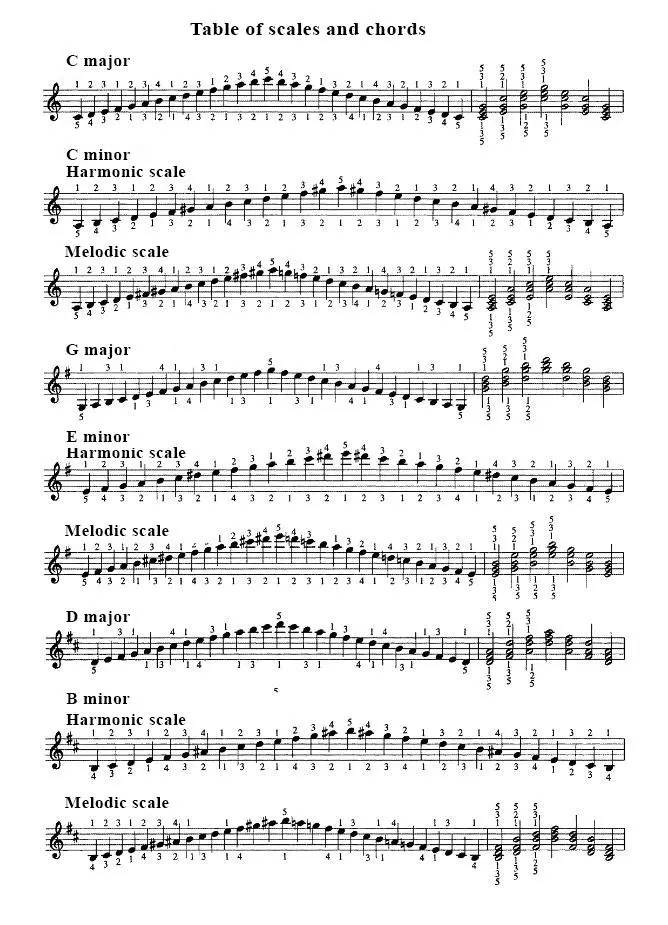
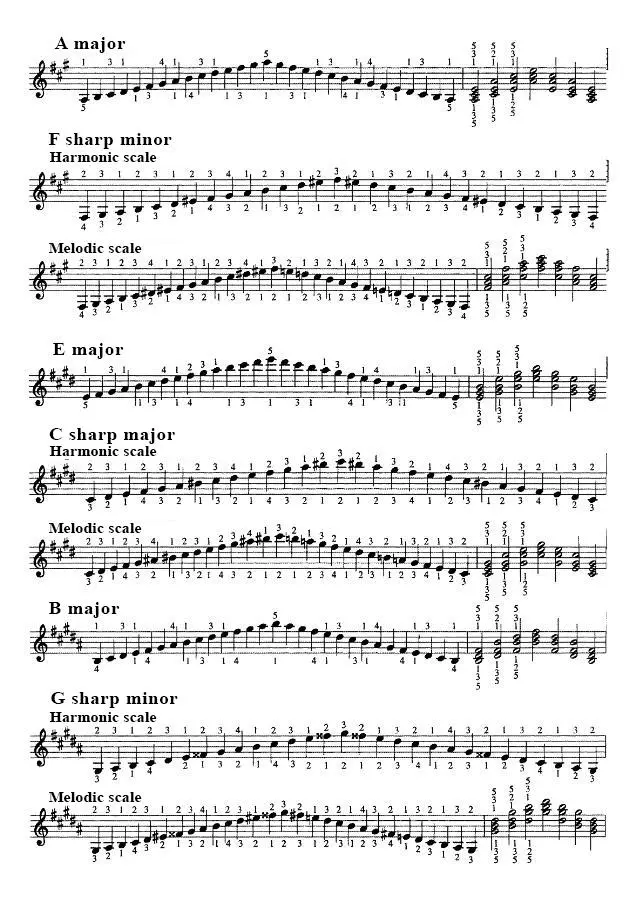
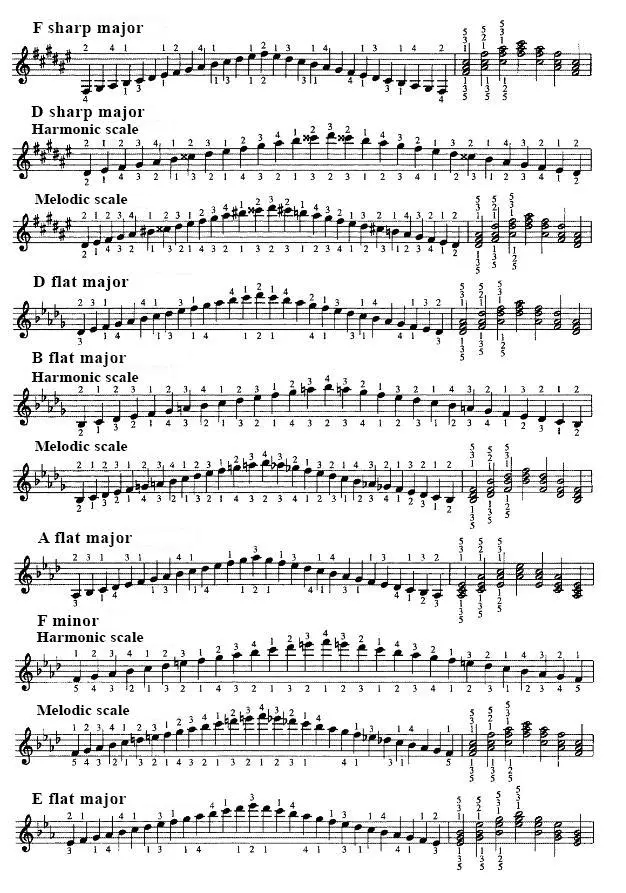
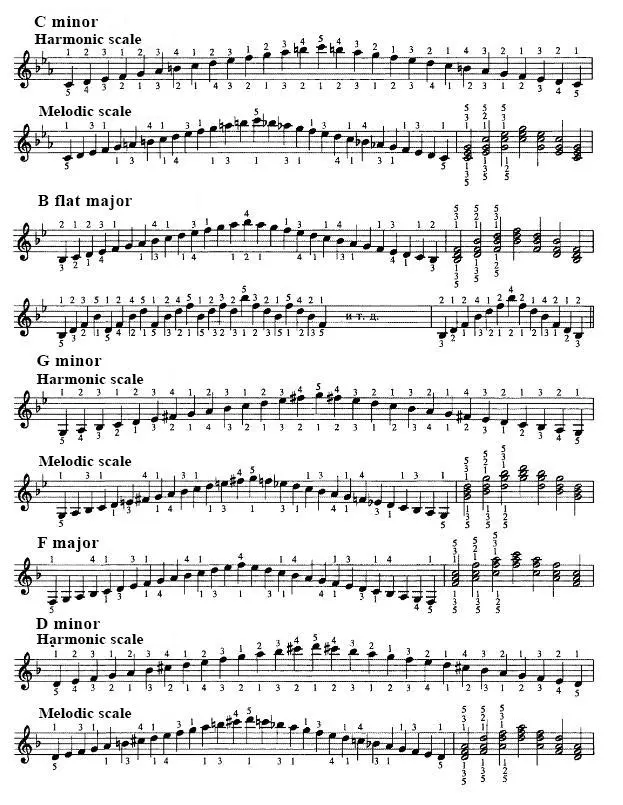
In fact, a composer is not required to use all notes from the same scale. For a composer, a scale is like a menu from which you can select notes.
Major and minor scales are certainly the most popular, but they are not the only ones in the world of music. Don’t be afraid to experiment with alternating intervals in the major and minor scales. Replace the tone with a semitone or vice versa and listen to what happens.
This will create a new scale, neither major nor minor. Some of these scales will sound wonderful, others will sound disgusting, and others will sound exotic. Creating new scales is not only allowed, but also recommended. New scales lead to the emergence of new melodies and harmonies.
People have been experimenting with intervals since music began. Although most experimental scales have not become as popular as major and minor, some of them are used in various musical styles as the basis for melodies.
And finally, here’s some interesting music in minor keys.

